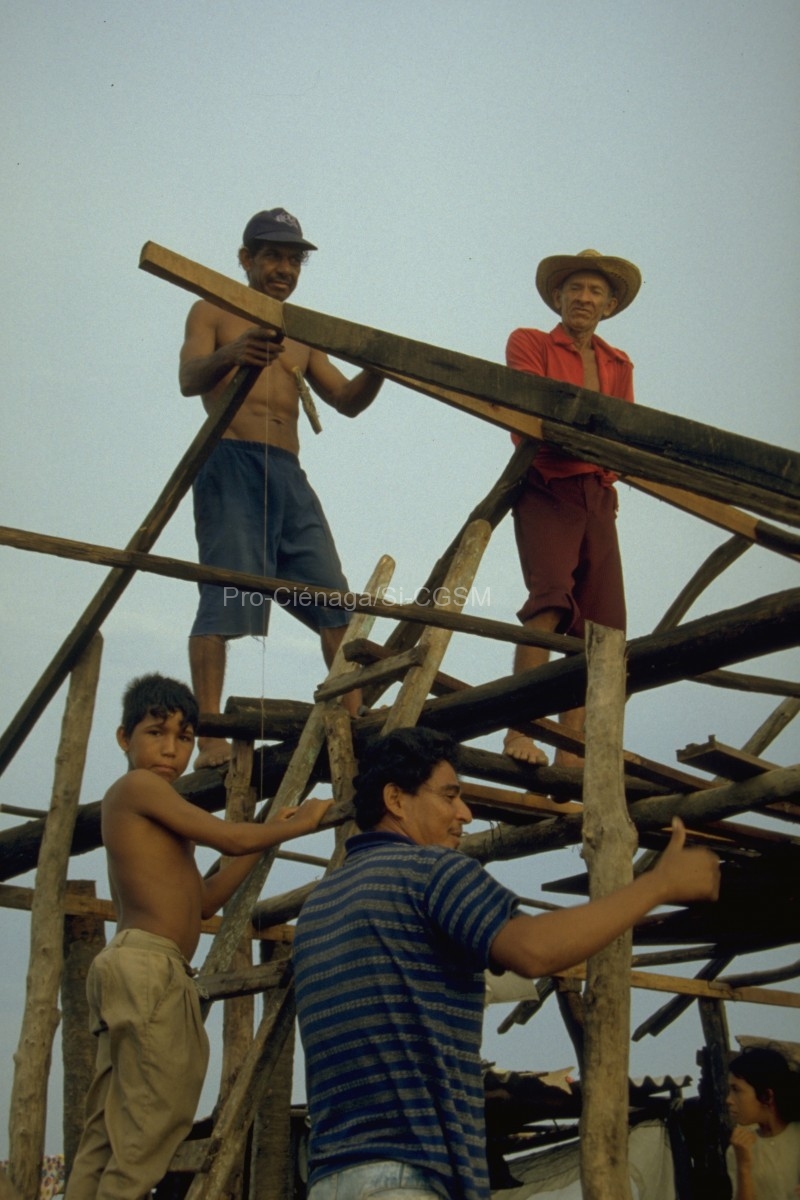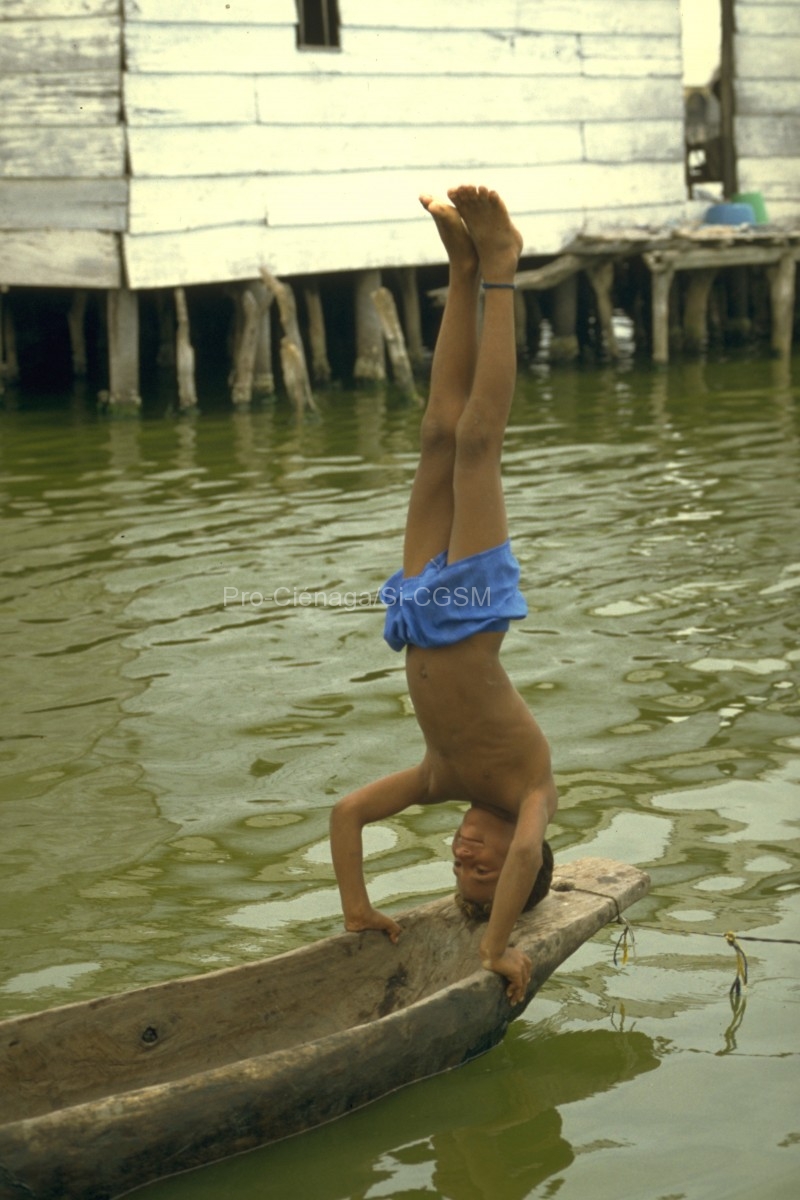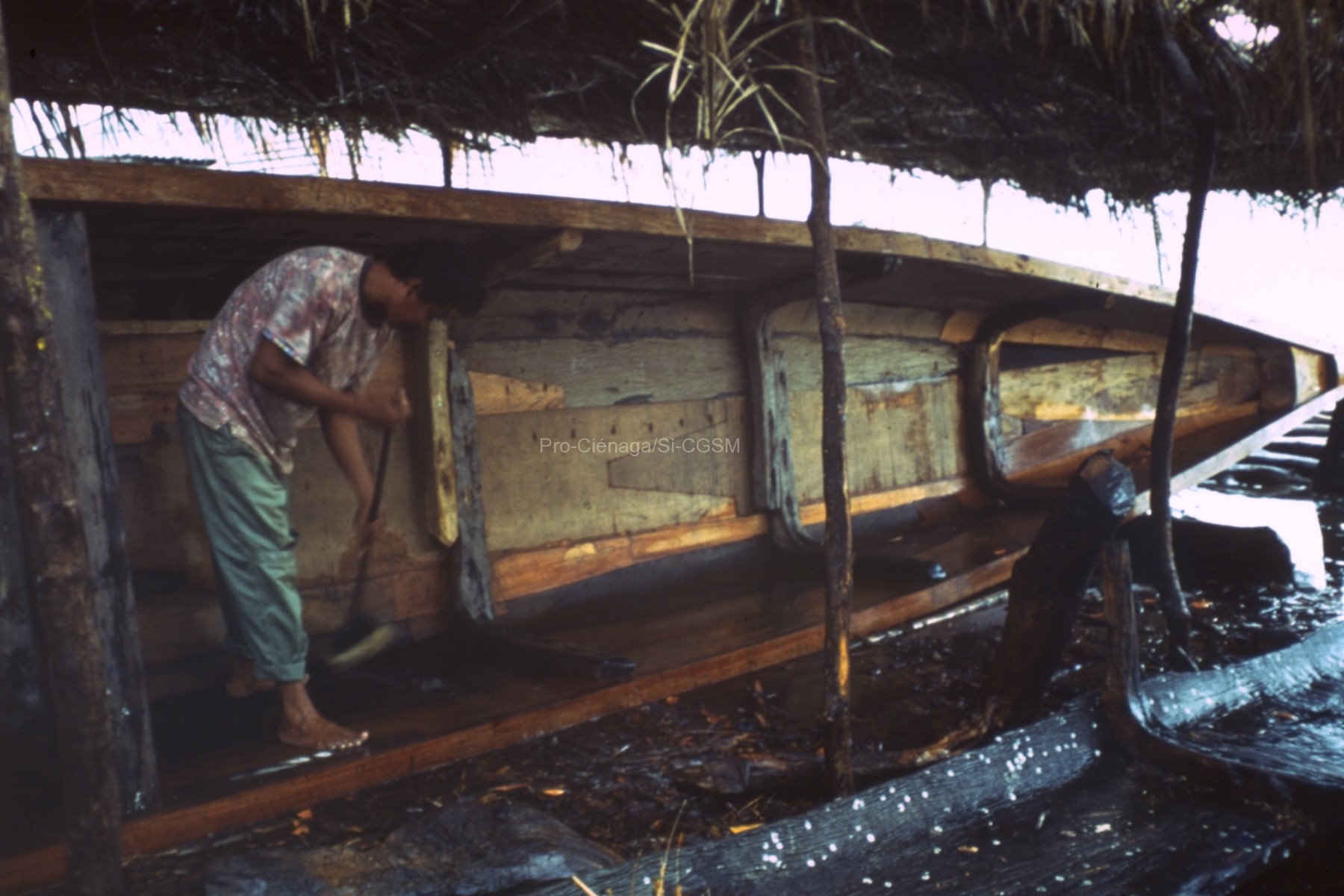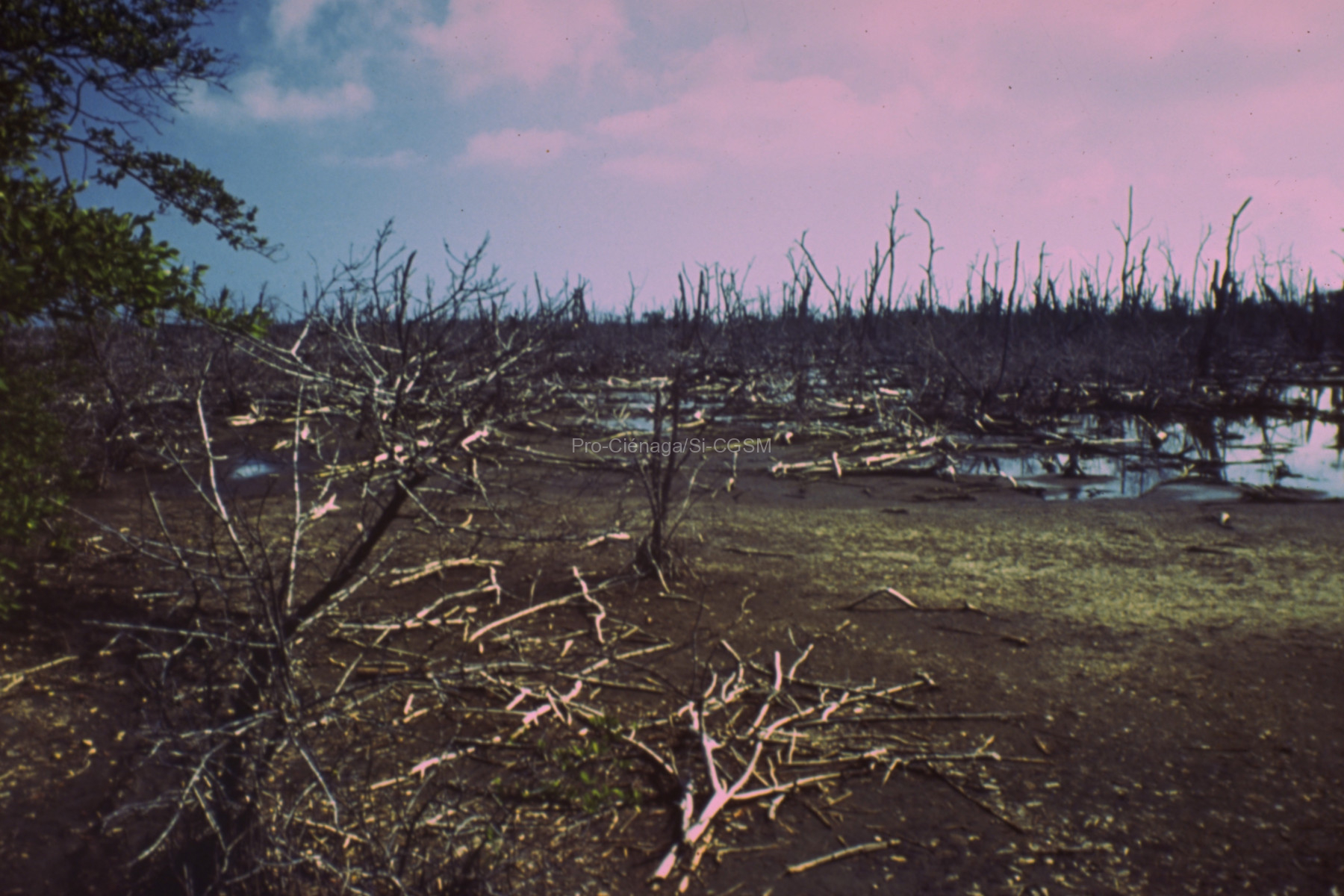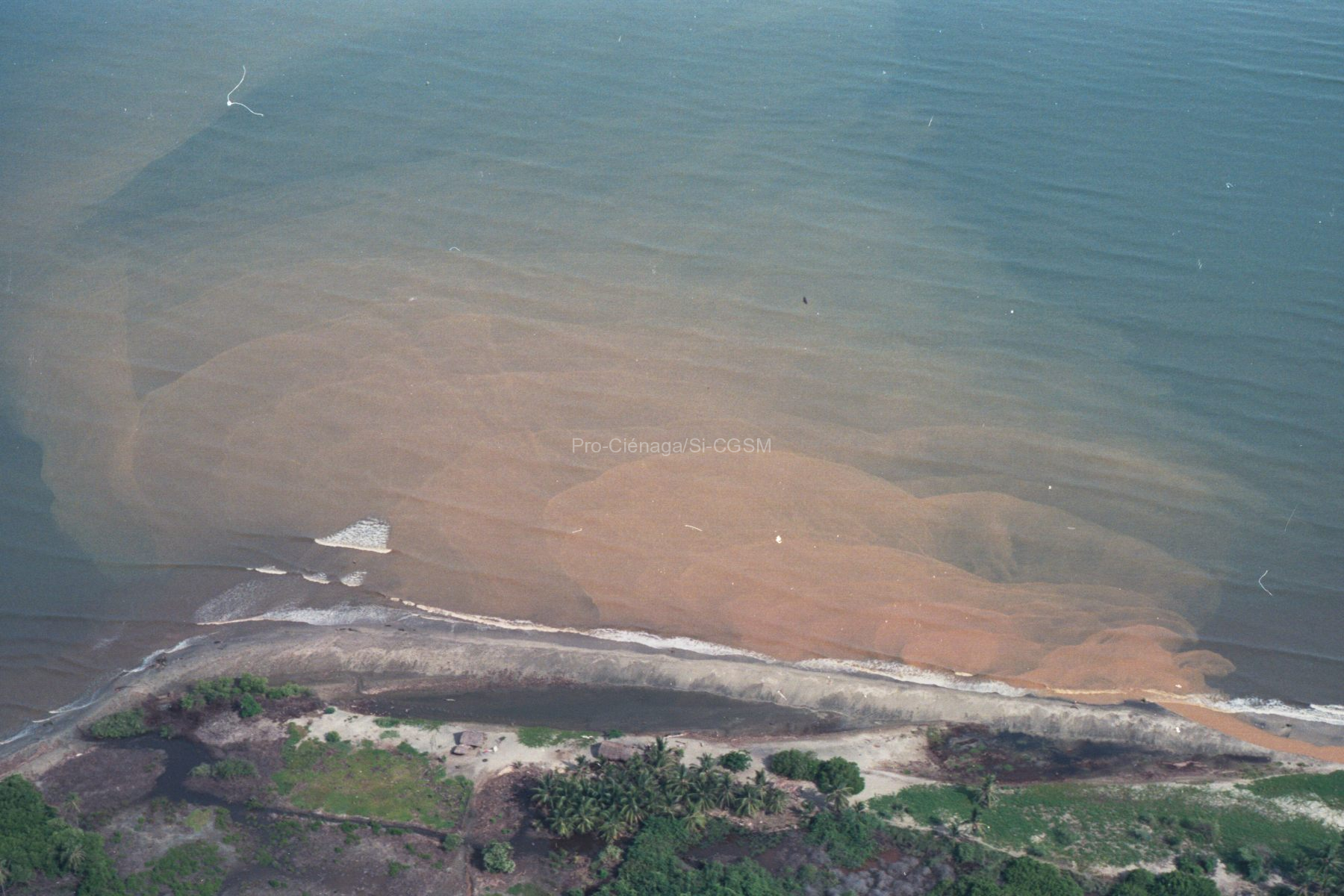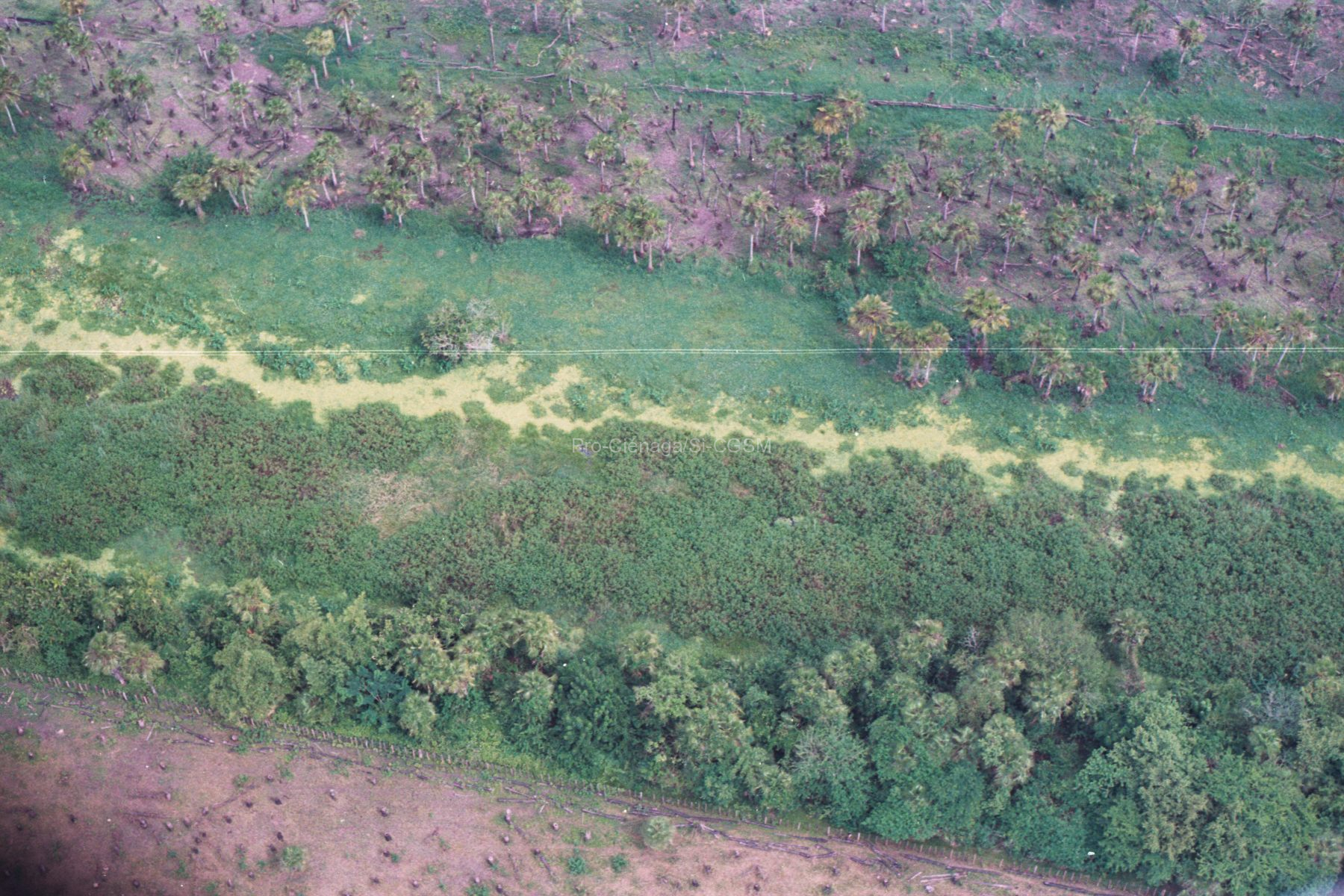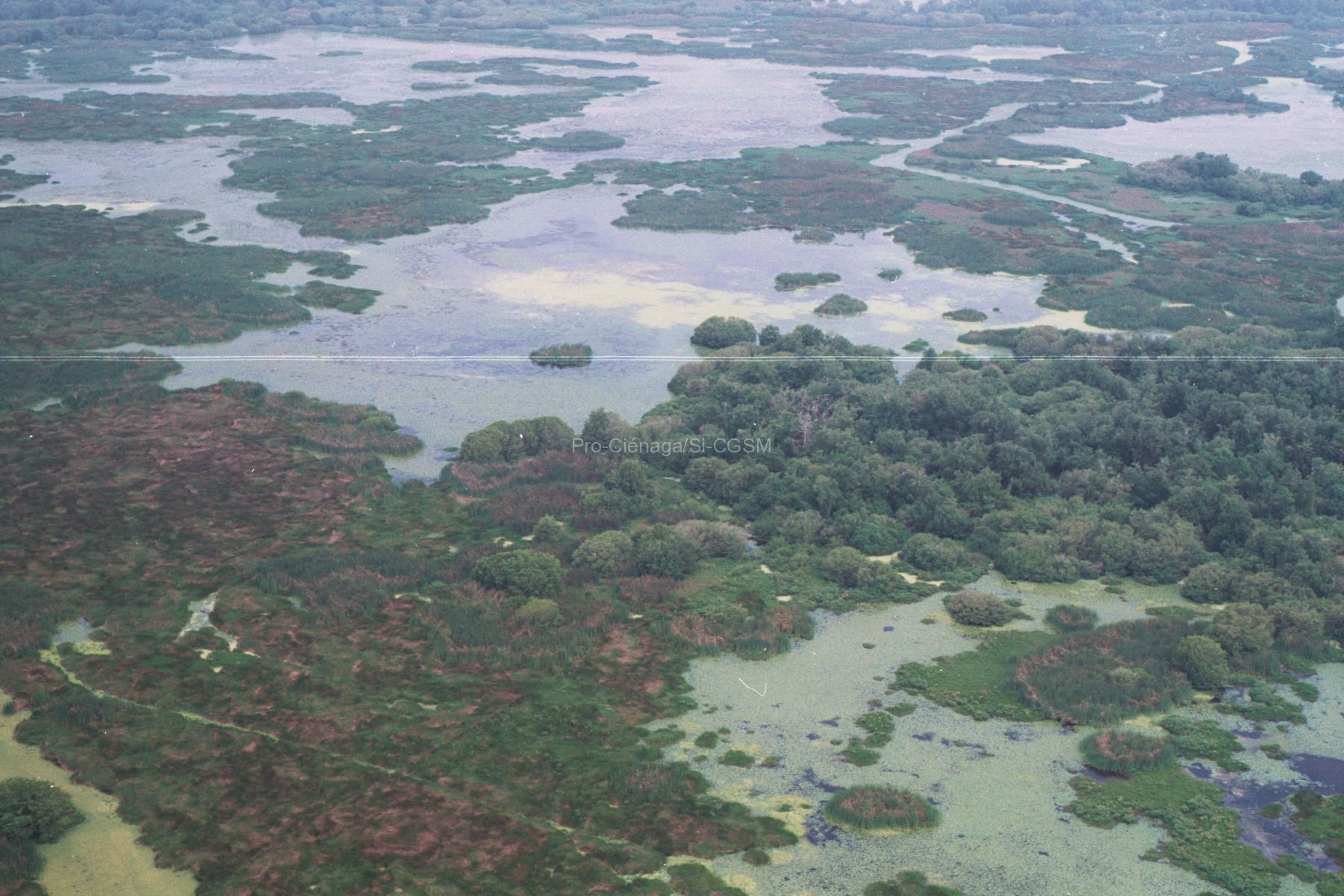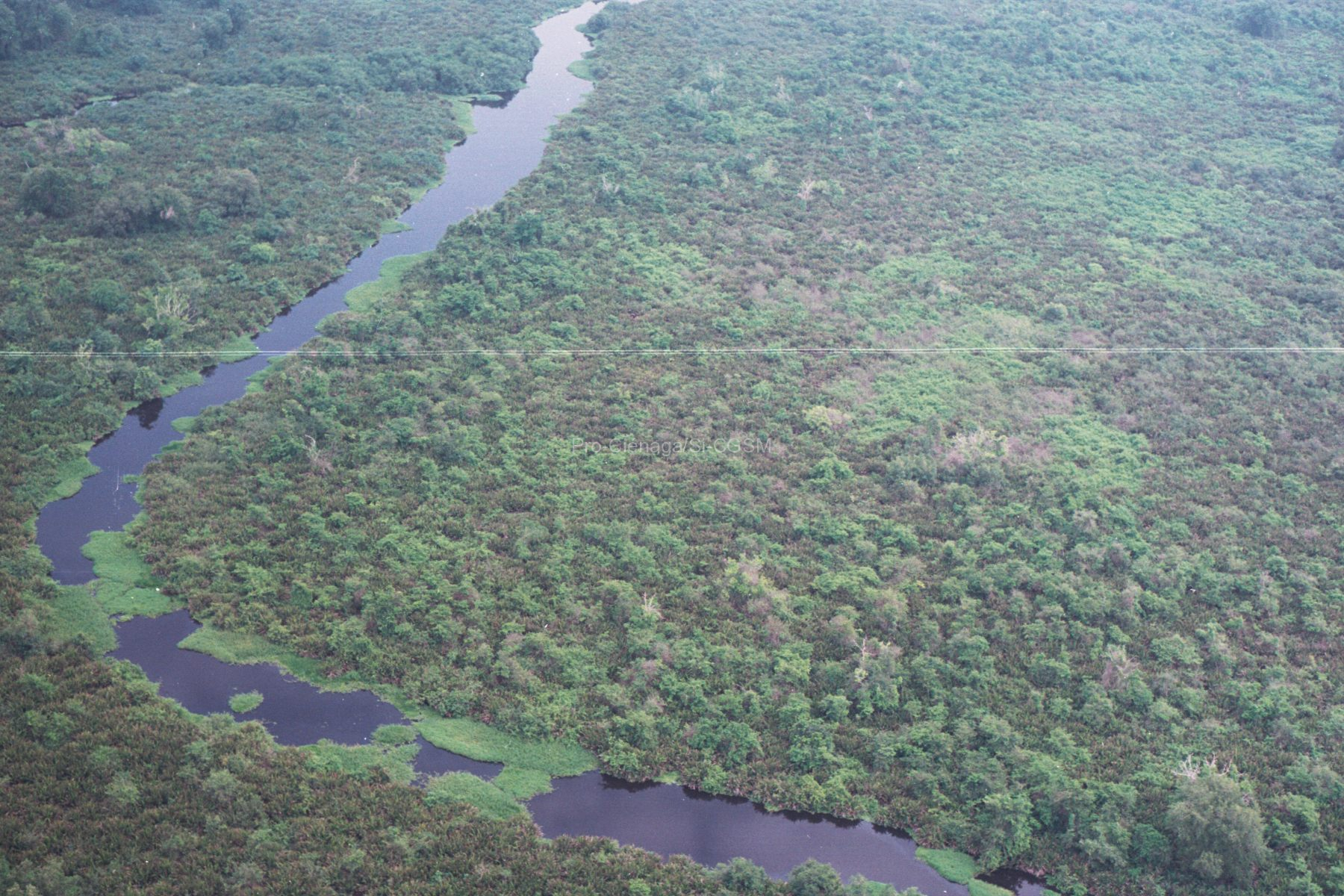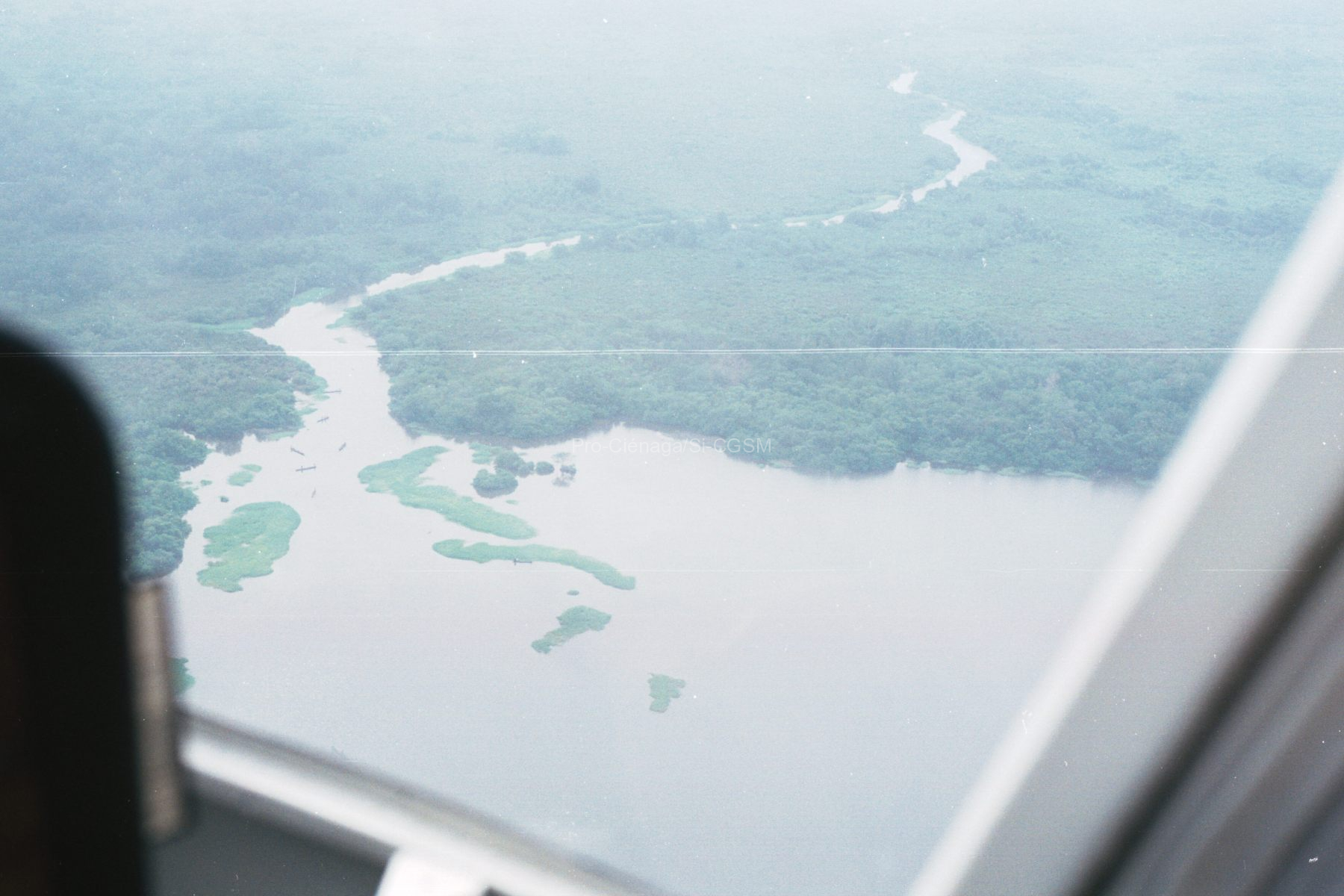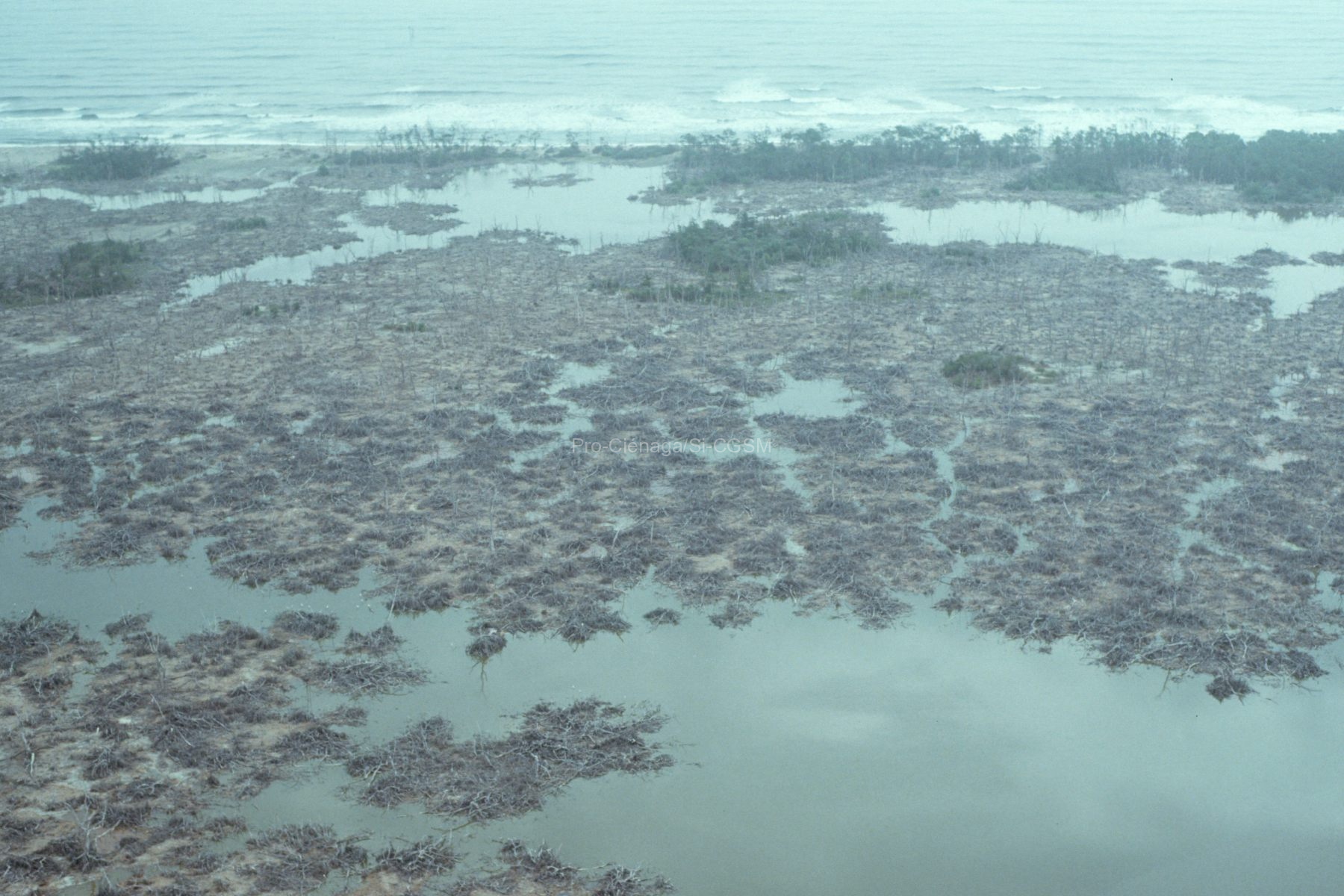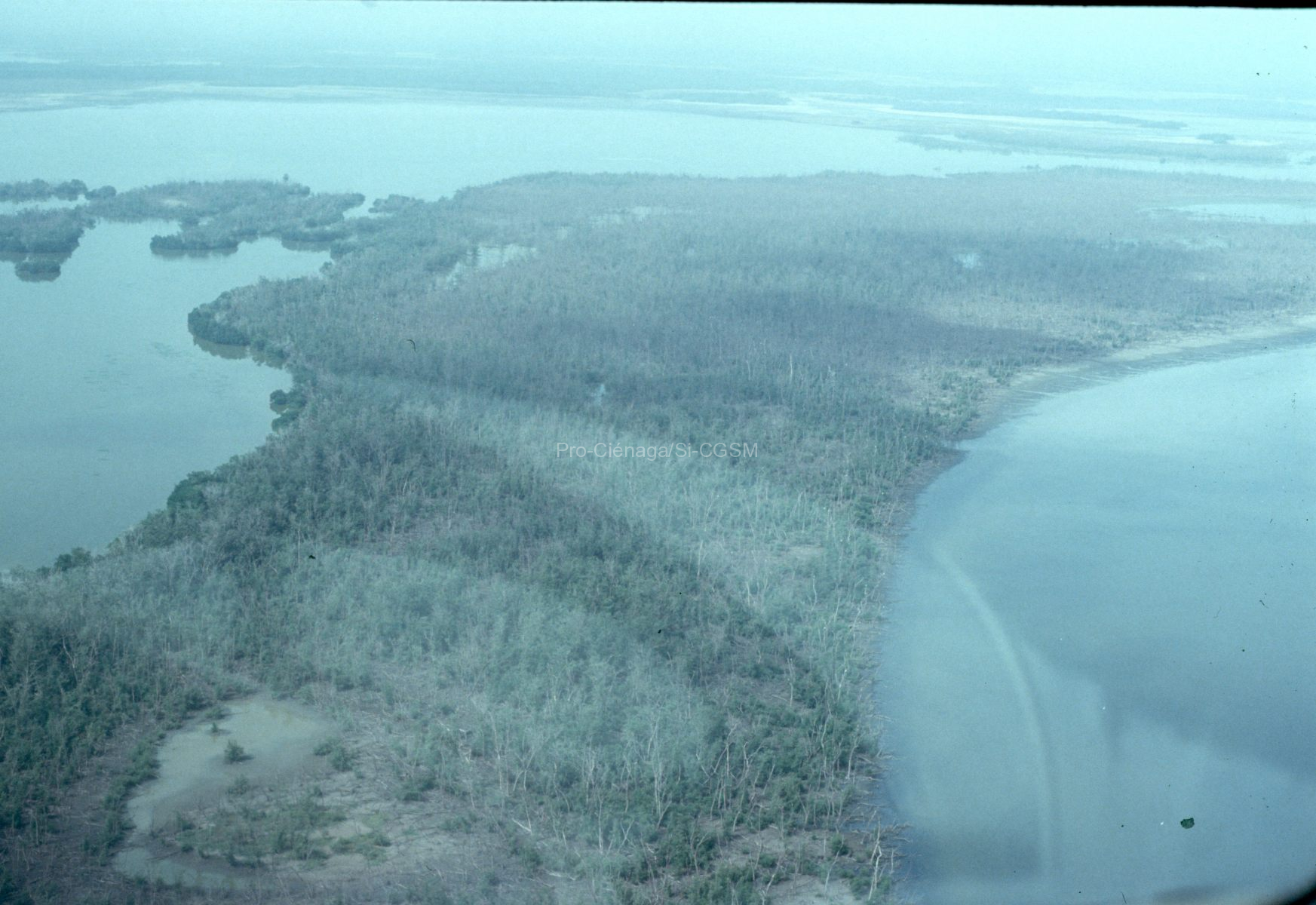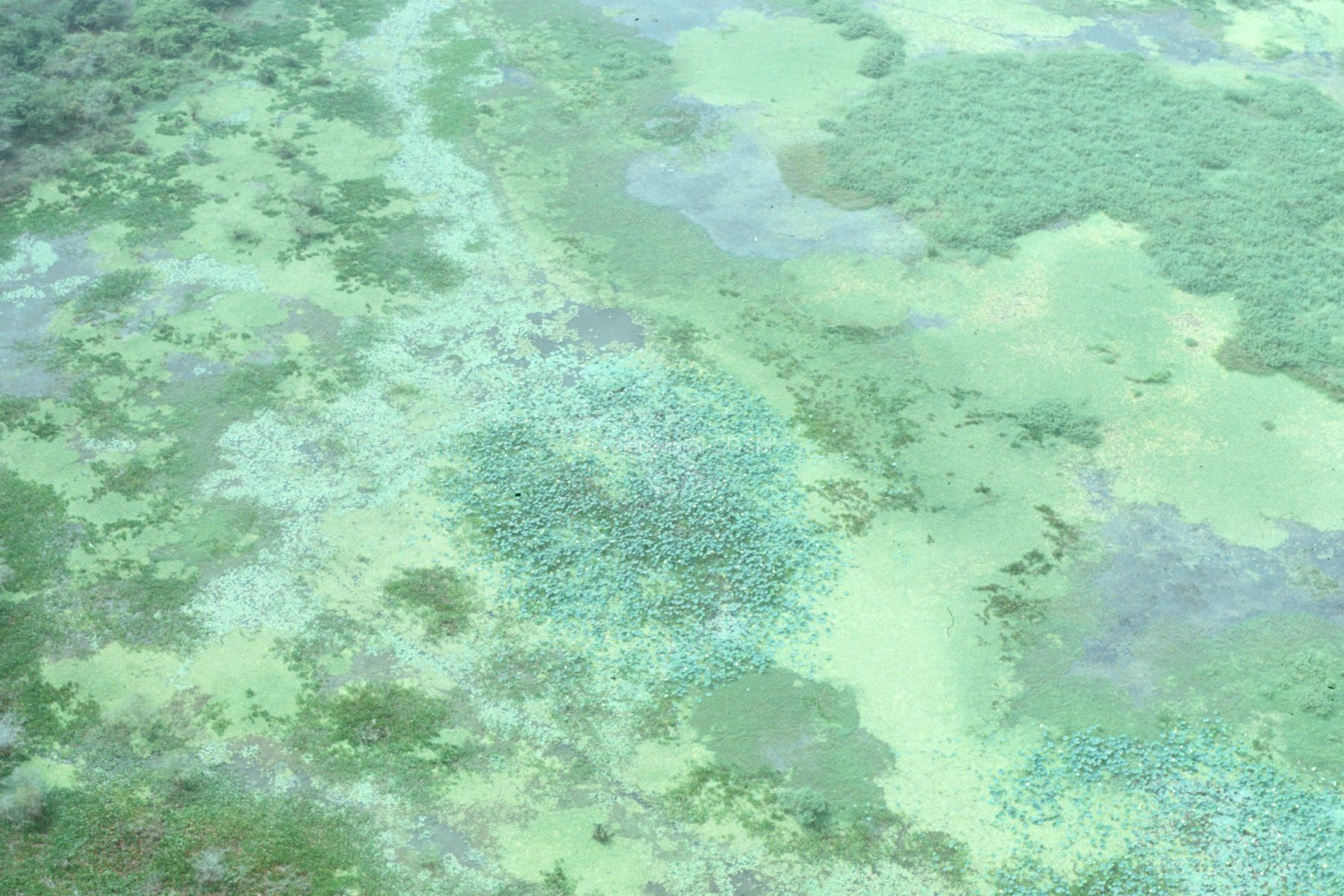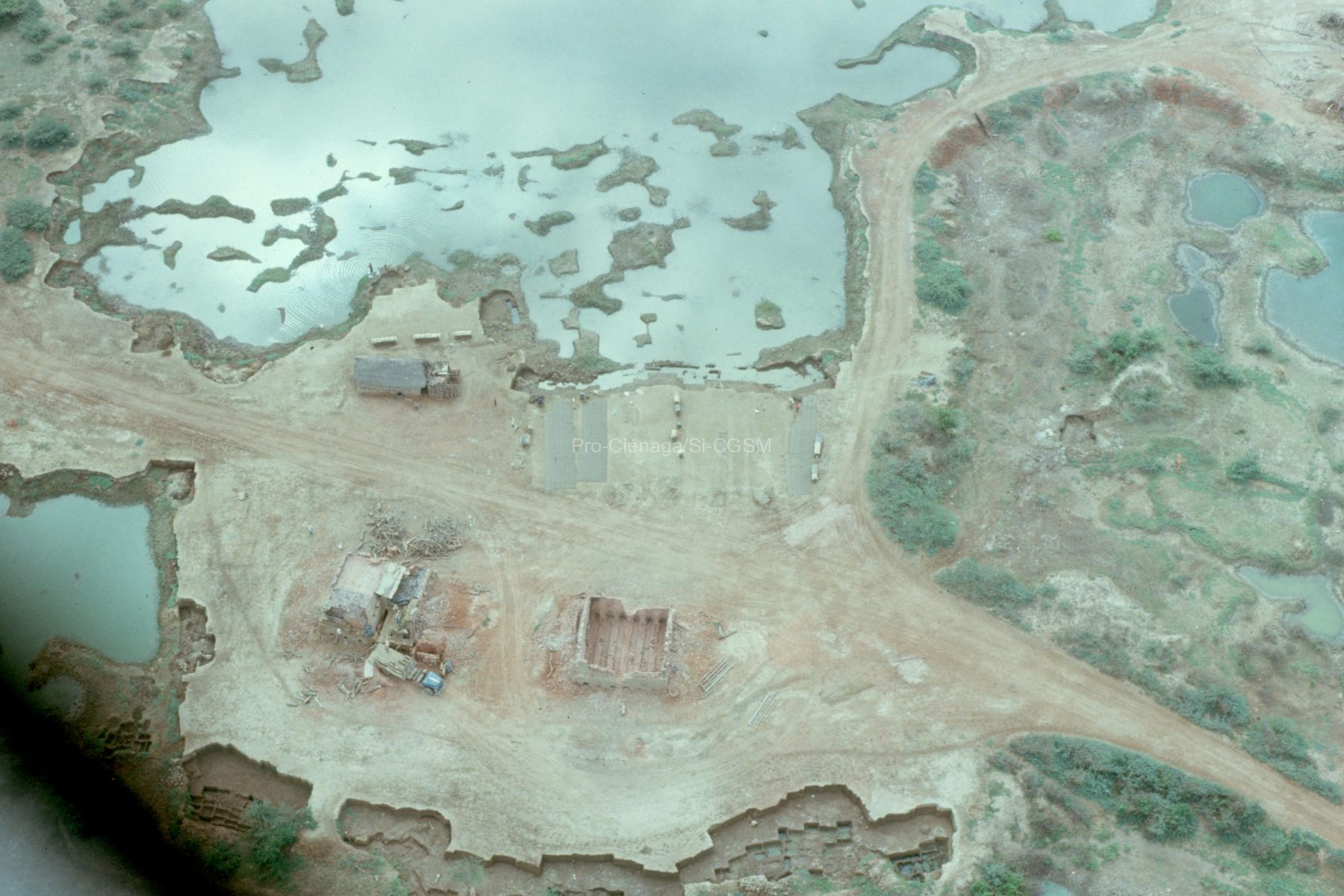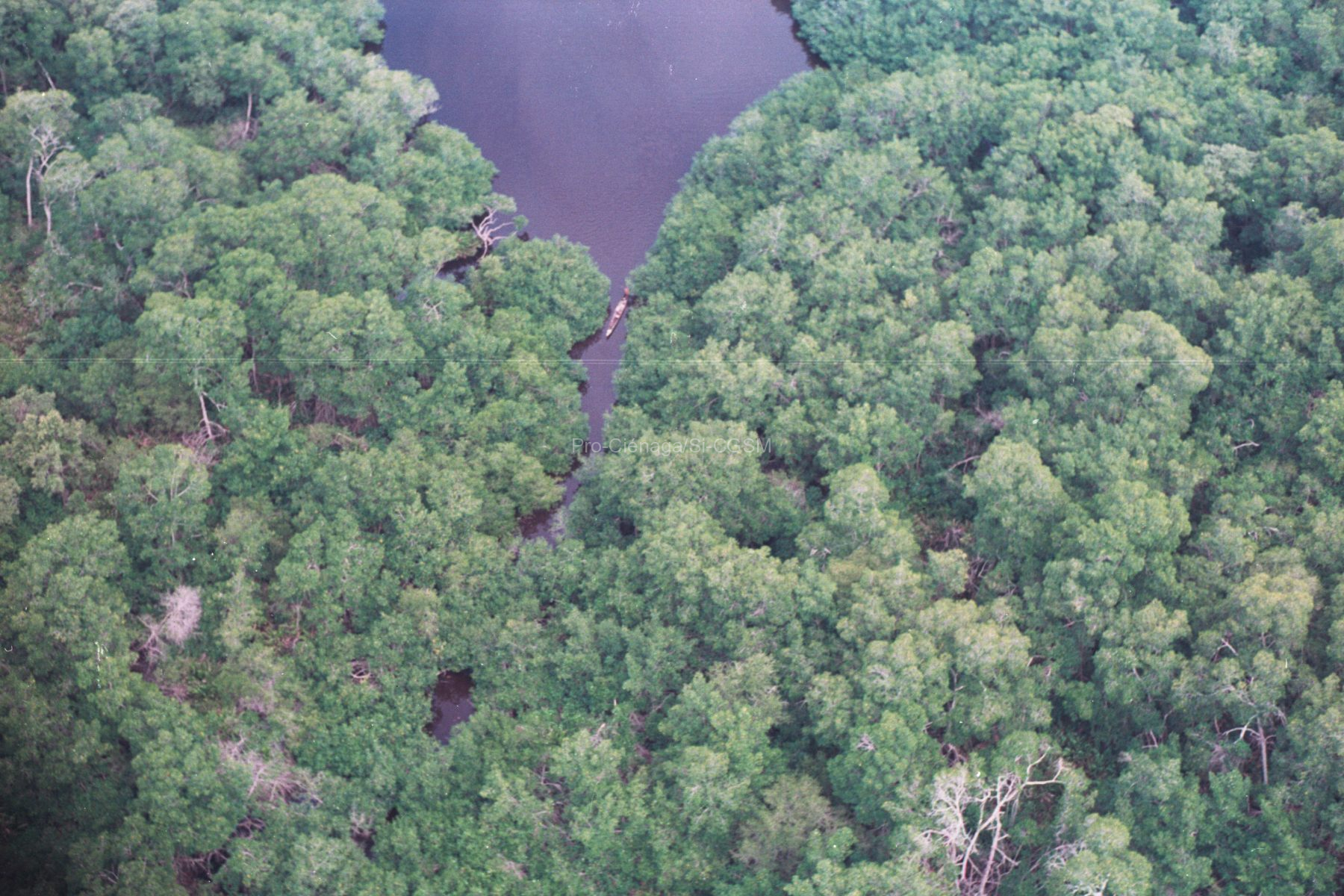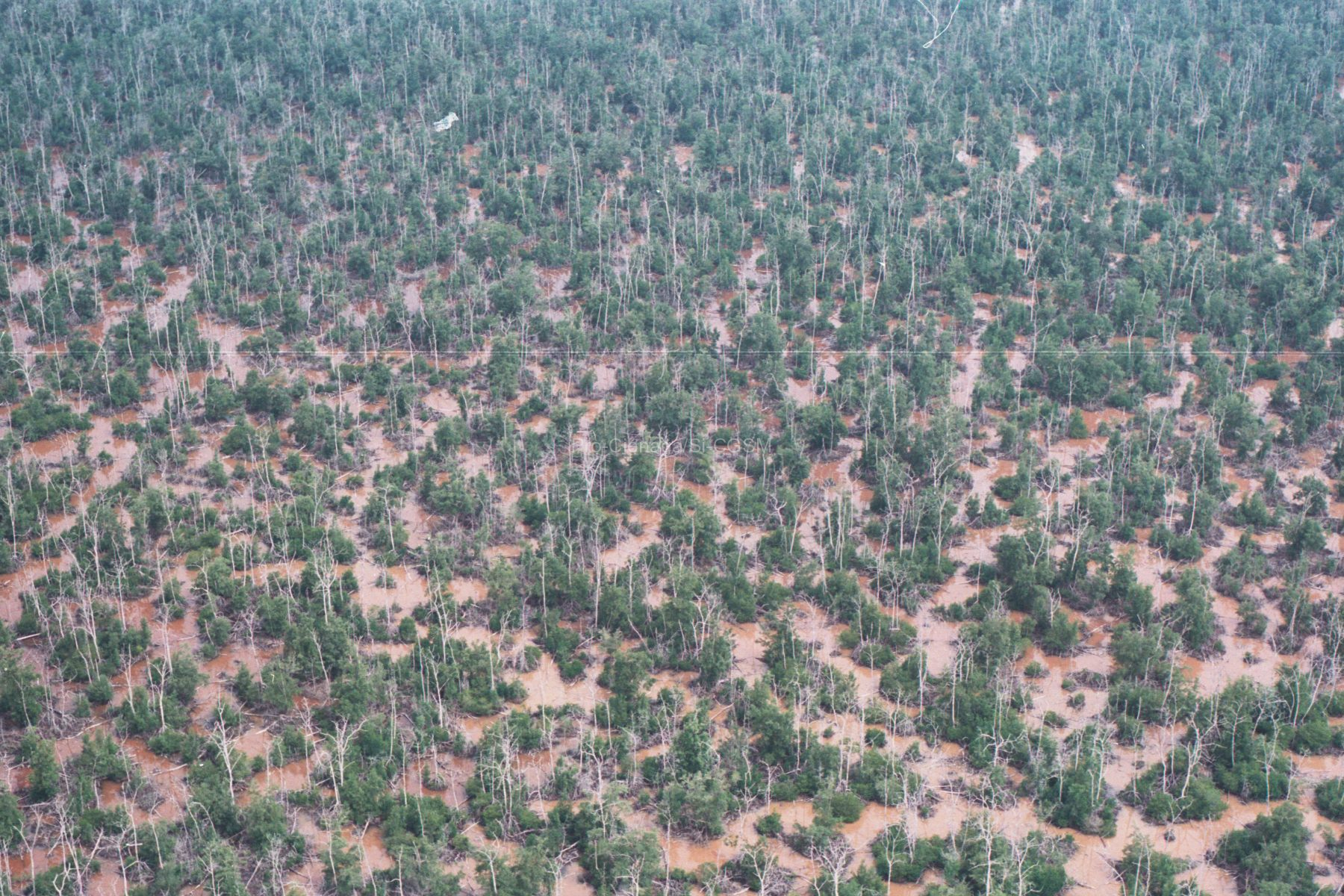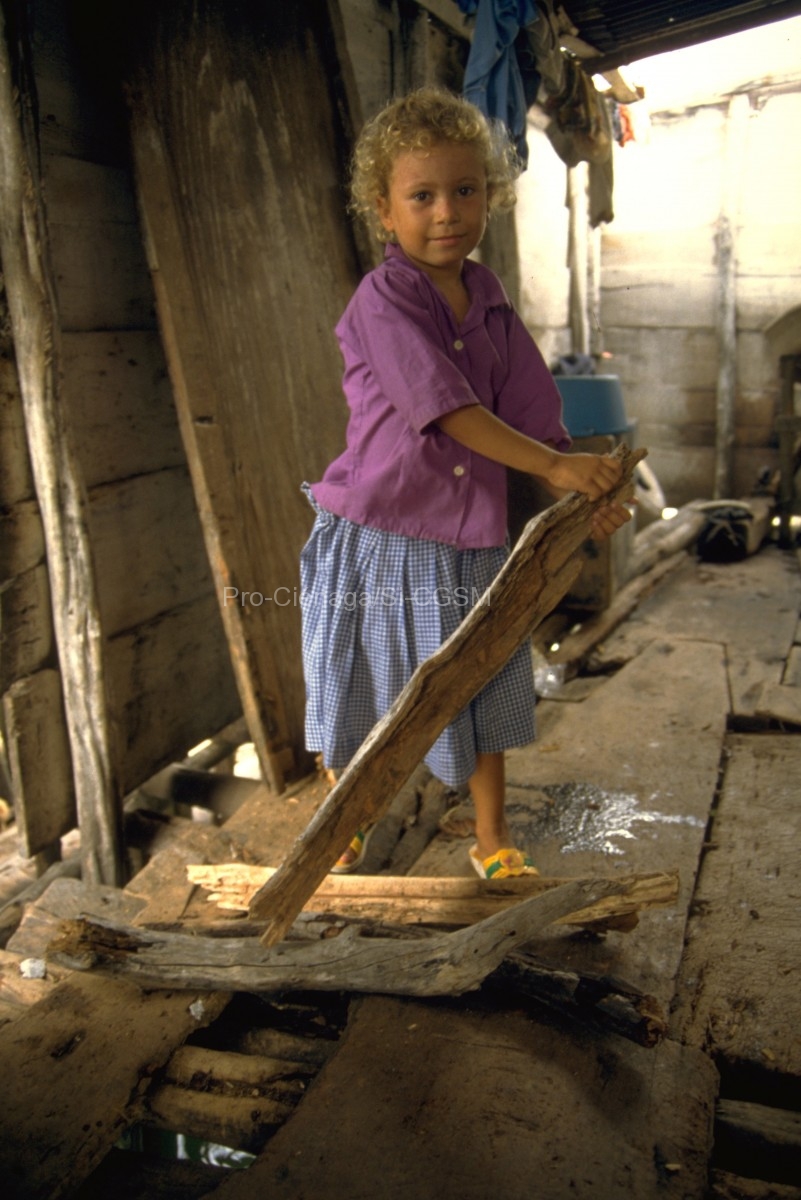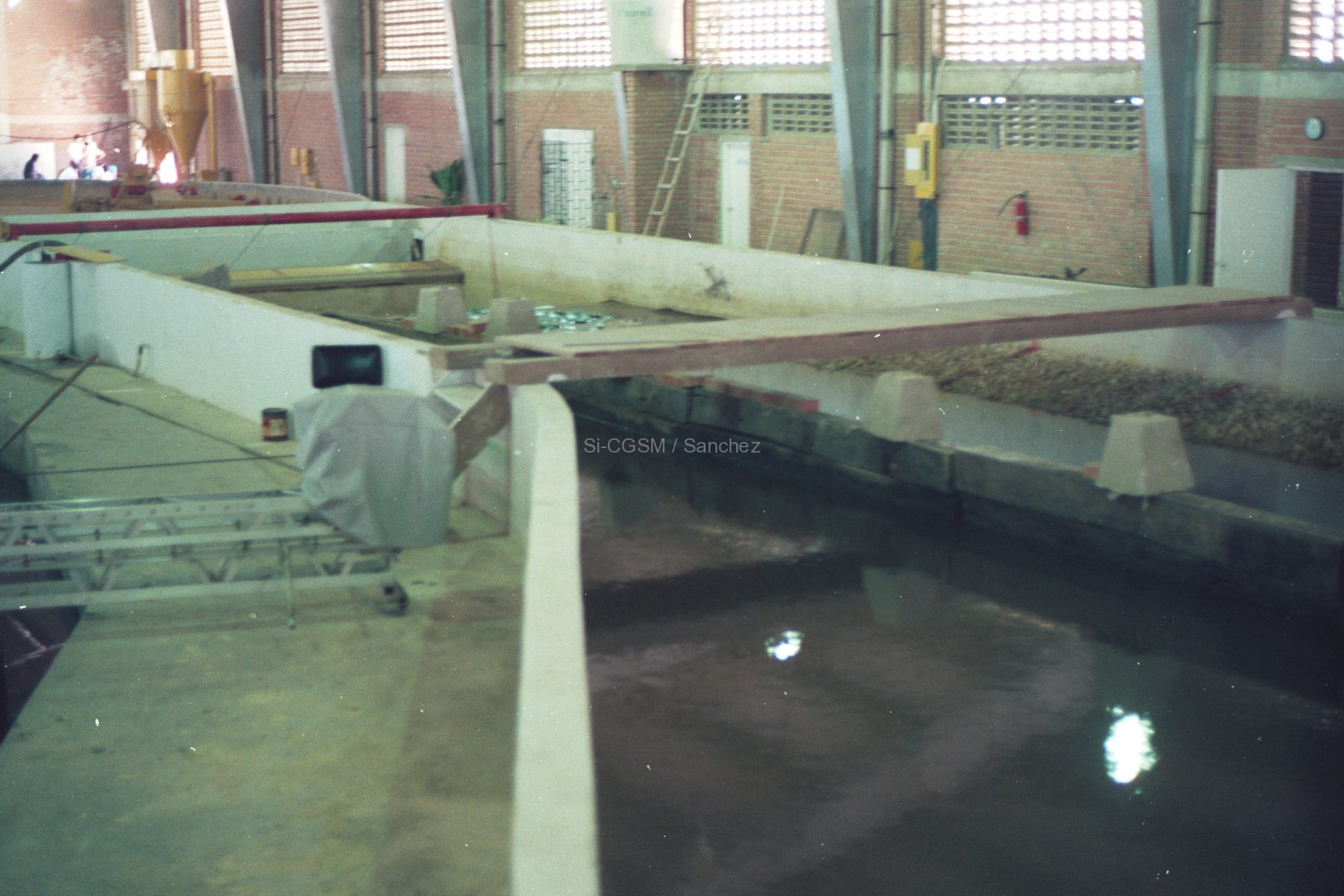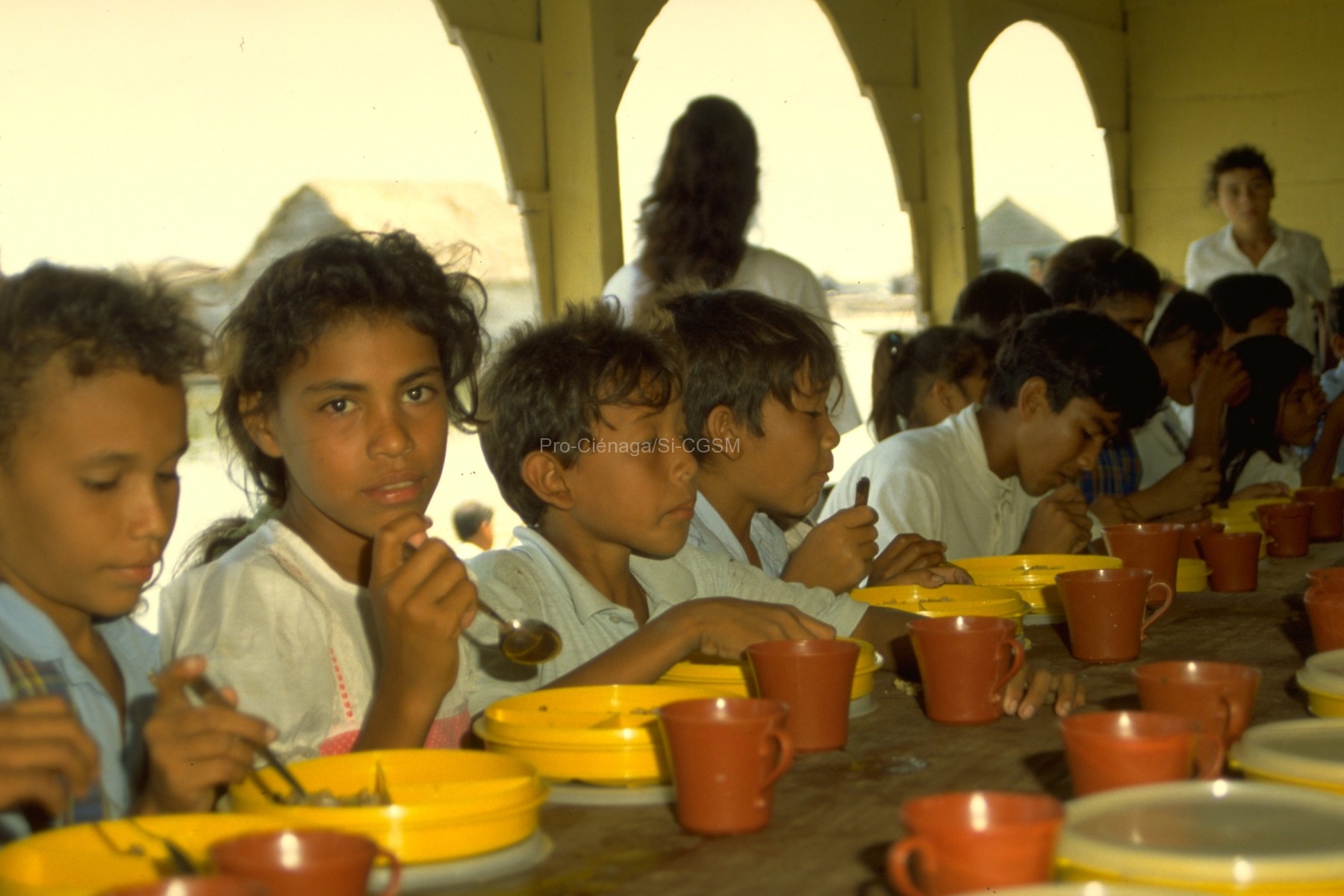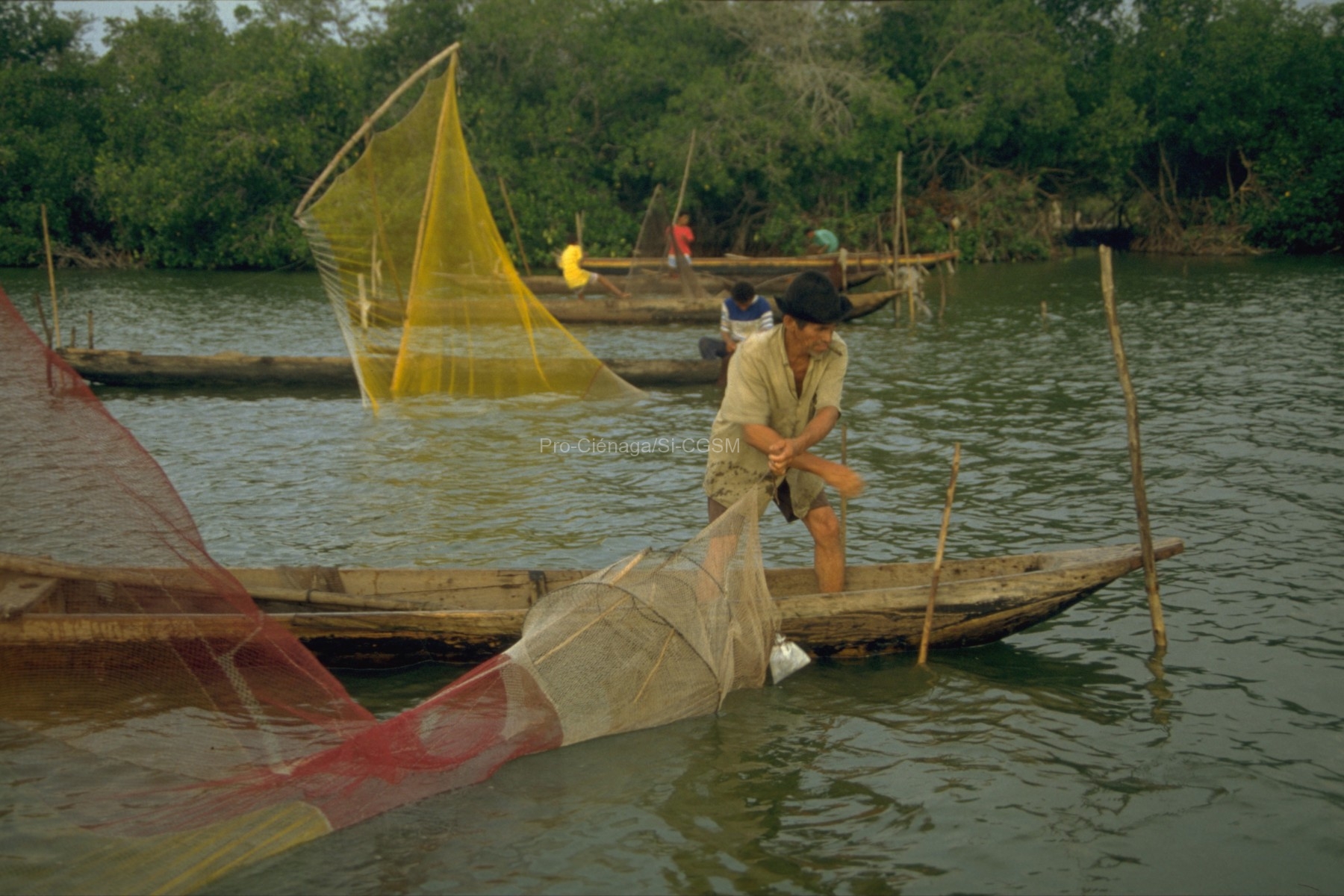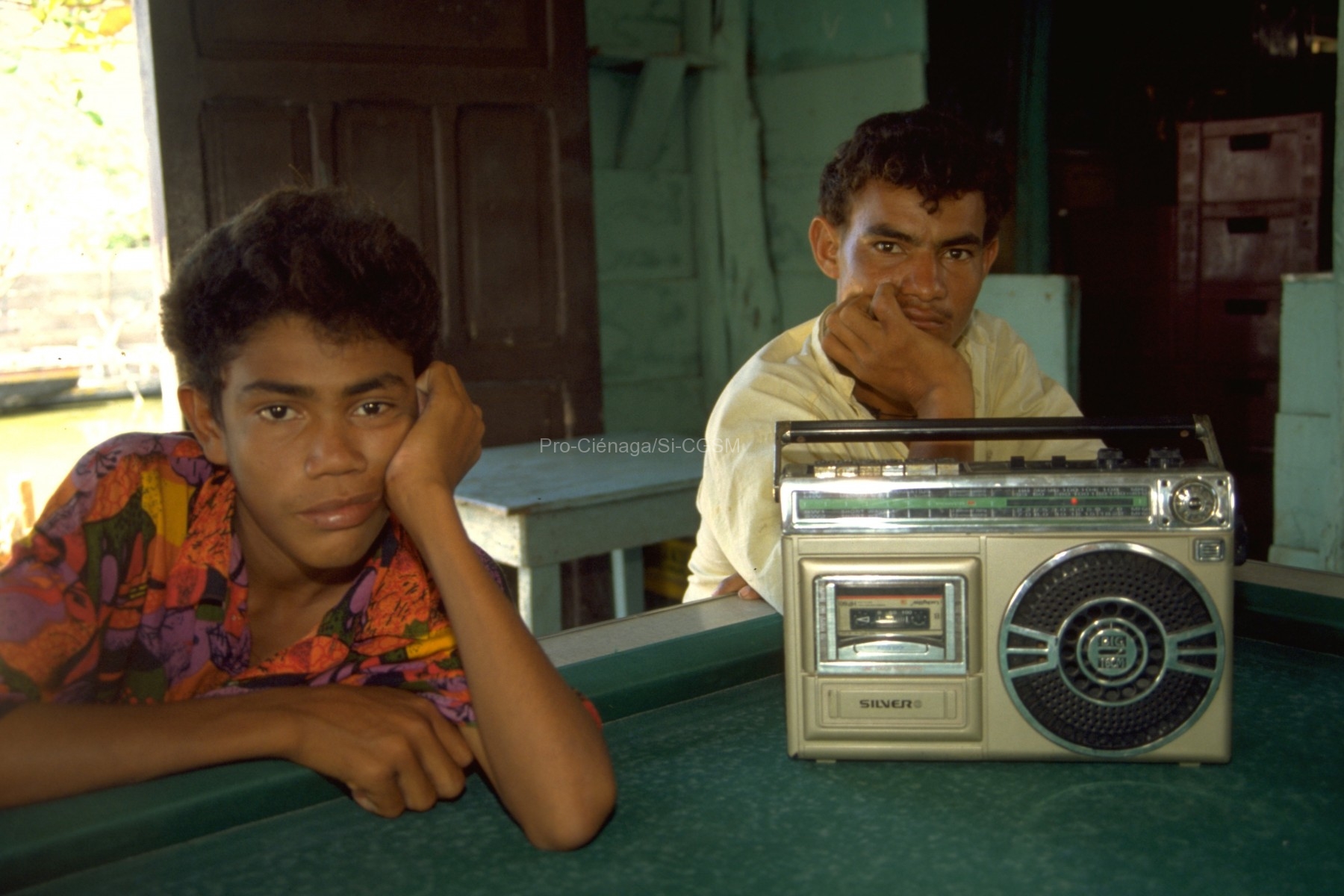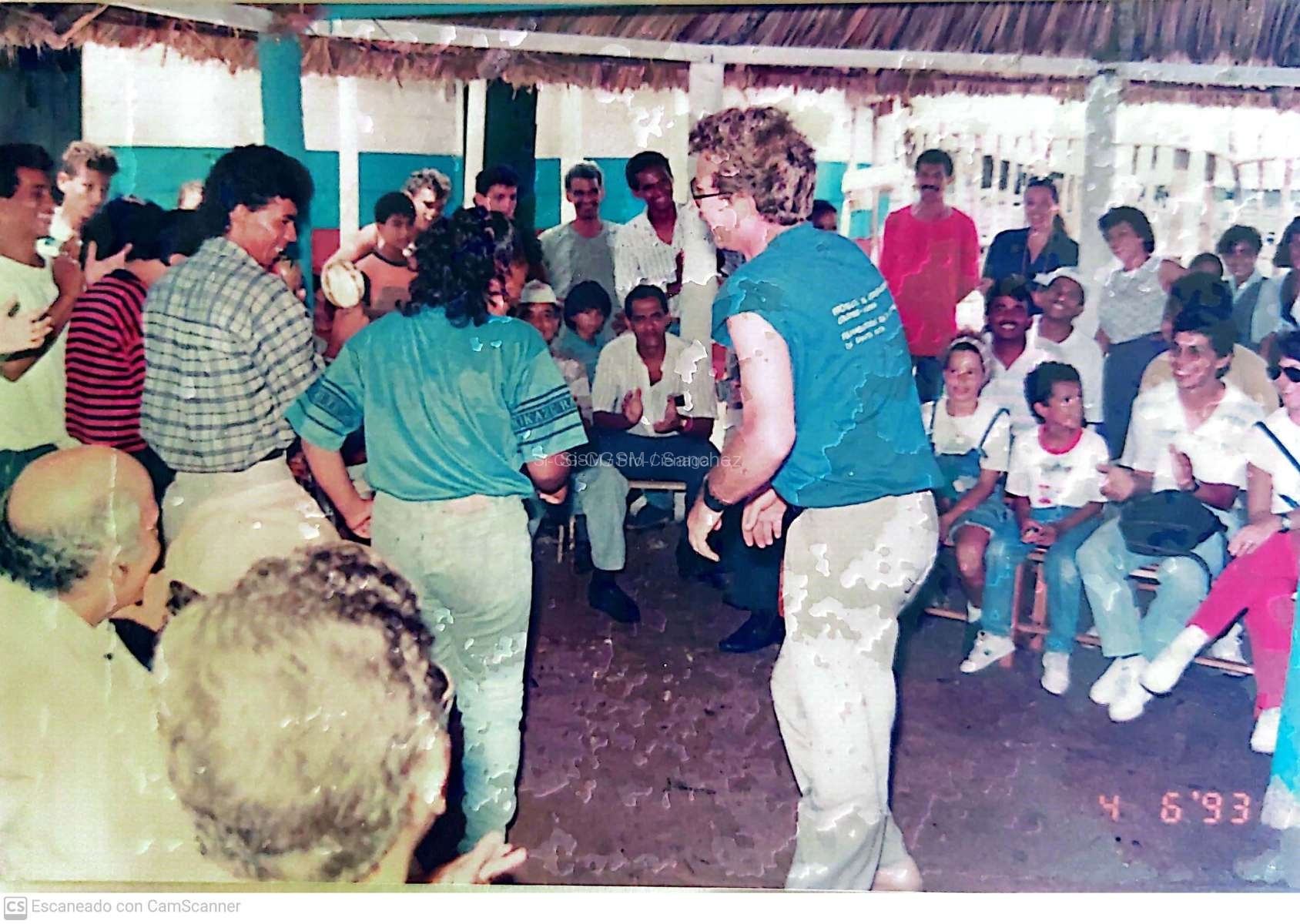http://star-www.giz.de/dokumente/bib/99-0764.pdf
Summary: In the region of Cienaga Grande de Santa Marta, a brackwater lagoon at the Caribbean coast of Columbia, large mangrove forests died in the last thirty years because of the rising salt content in water and soil. This had strong effects on the native population who lives by fishing because as a result of the environmental destruction the fish population went down. By means of the restoration of freshwater channels between the Rio Magdalena and the brackwater lagoon the project “Pro Cienaga” tries to reduce the high salt concentration and thereby tries to make the recovery of the mangrove vegetation possible. Soon the first successful results of the water structural measures appeared but in some areas the expected re-afforestation of the ground with mangrove stayed out. The work at hand was supposed to answer the question of whether the non- appearance of the mangrove regeneration is based on a lack of diaspores. On eight testing grounds the condition of the ground, the vegetation, the number of present diaspores and the drift off of marked diaspores was investigated. Rhizophora mangle was only found on five testing grounds and its appearance was restricted to parts that were flooded most of the time. Diaspores of this species were only found in higher numbers on two grounds where also adult plants had survived. Avicennia germinans was at the point of respreading and its fruits were found on six of eight testing grounds. Moreover in many places an intensive spreading of freshwaterplants and marshplants was observed. The investigation into the drift off came to the result that distances of more than 150 metres are hardly covered by diaspores. The diaspores of the three mangrove species distinguish themselves by their pattern of spreading. The little fruits of Laguncularia racemosa were able to overcome shallows and obstacles of roots and vegetation definitely easier than the large diaspores of R. mangle. In the Canal Clarin a dense layer of waterplants stopped the drift off of diaspores. It is advisable to support the process of regeneration by releasing diaspores of R. mangle. Therefore areas should be selected which are not suitable for the establishment of the two other species because of a high water level and areas where so far only few marshplants have settled in order to avoid excessive pressure of competition on the growing mangrove. In order not to hinder the transport and landing of diaspores in the Canal Clarin, dense layers of vegetation on the channel should regularly be removed.

